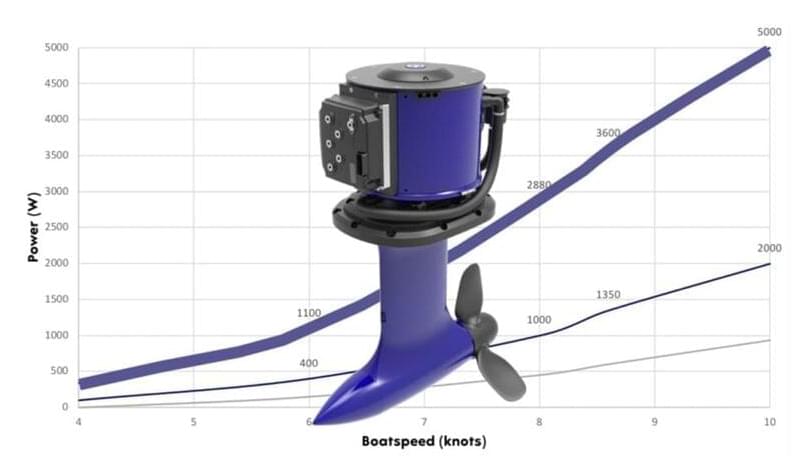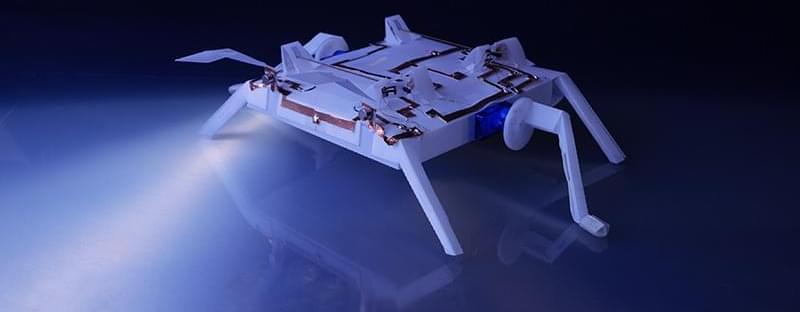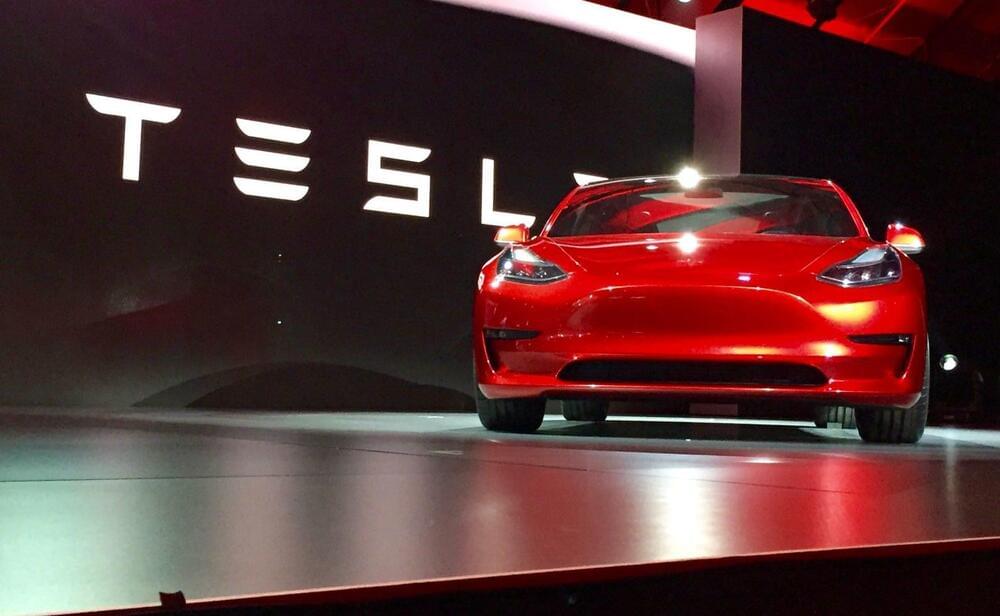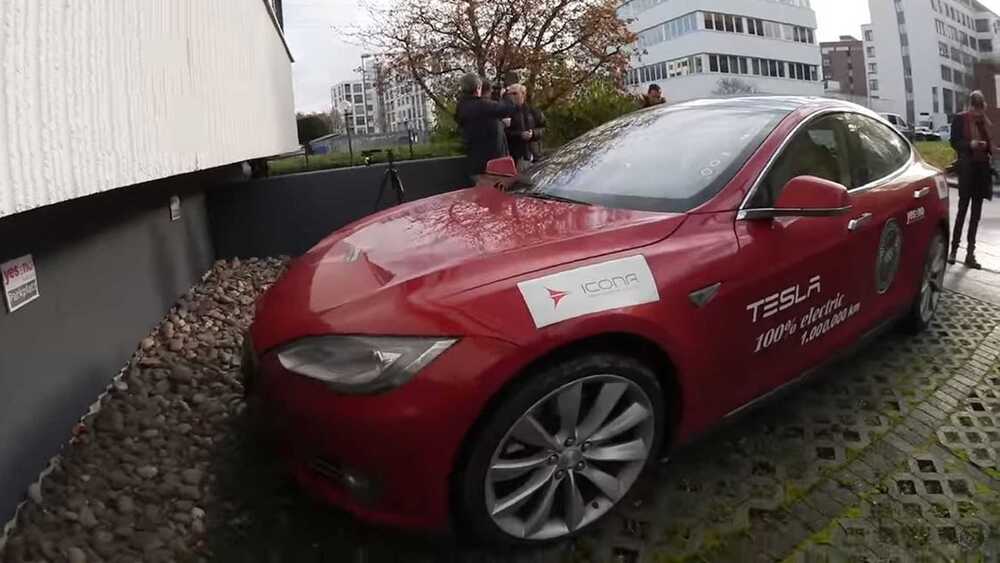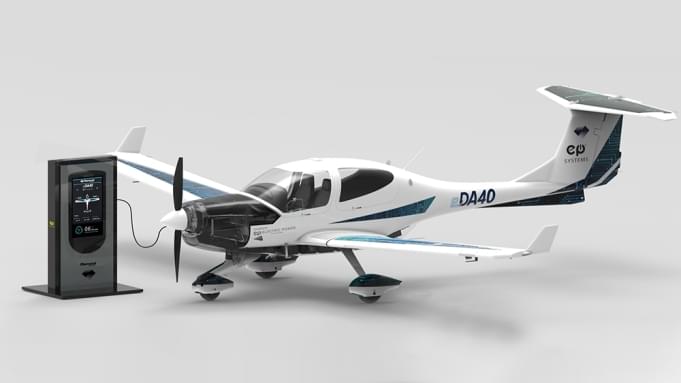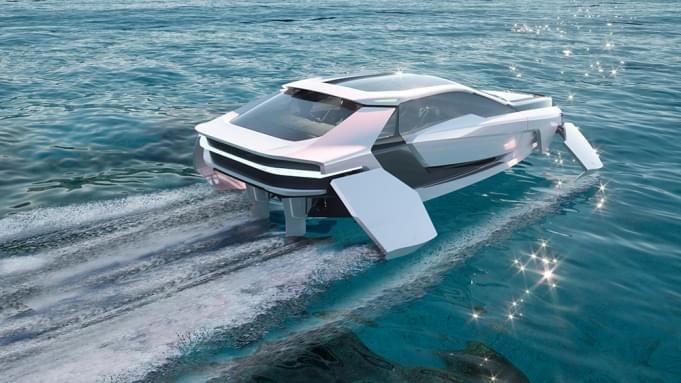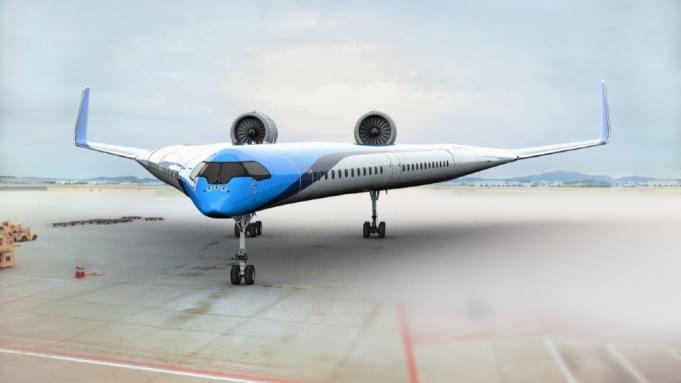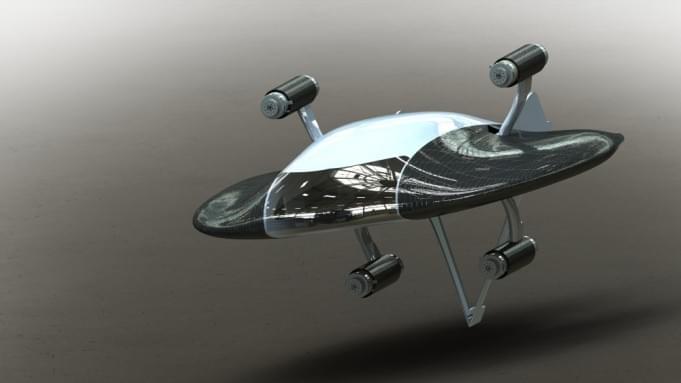Actuator: What’s this ‘general purpose’ stuff I keep hearing about?
In a blog post published last week, Meta asks, “Where are the robots?” The answer is simple. They’re here. You just need to know where to look. It’s a frustrating answer. I recognize that. Let’s set aside conversations about cars and driver assistance and just focus on things we all tend to agree are robots. For starters, that Amazon delivery isn’t making it to you without robotic assistance.
A more pertinent question would be: Why aren’t there more robots? And more to the point, why aren’t there more robots in my house right now? It’s a complex question with a lot of nuance — much of it coming down to the current state of hardware limitations around the concept of a “general purpose” robot. Roomba is a robot. There are a lot of Roombas in the world, and that’s largely because Roombas do one thing well (an additional decade of R&D has helped advance things from a state of “pretty good”).
It’s not so much that the premise of the question is flawed — it’s more a question of reframing it slightly. “Why aren’t there more robots?” is a perfectly valid question for a nonroboticist to ask. As a longtime hardware person, I usually start my answer there. I’ve had enough conversations over the past decade that I feel fairly confident I could monopolize the entire conversation discussing the many potential points of failure with a robot gripper.

